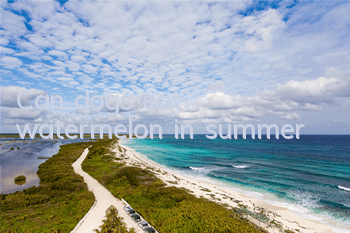Newborn stage:
Alaskan dogs require different feeding methods at different stages. When they are just born, they eat breast milk, and the mother dog takes care of the puppies. The owner does not need to worry too much, as long as he helps from the side. After weaning, the Alaskan dog will depend on the owner's care to grow healthily. Alaskan dog puppies are weaned about 6 weeks after they are born, and can eat ordinary food from now on, but within 1-6 months of birth, they should be fed 3-4 times a day. From weaning to around the third month, feeding times should be set at 7 a.m., 12 noon, 5 p.m. and 10 p.m., 4 times a day. From the 5th to 8th month of life, puppies can be fed three times in the morning, noon, and evening. The amount of food given to puppies during this period is approximately one-third to half of that of adult dogs.
Weaning for two to three months:
In the months from 2-3 months after weaning to within 3 months, the puppy’s food composition will determine its lifelong eating habits. If you plan to continue to feed special dog food in the future, you must adapt it to the taste of special dog food during this period of time. If you plan to raise them with family meals in the future, the food should be mainly animal protein and feed more high-calorie foods. When puppies are 2-3 months old, the meat should be cut into fine pieces before feeding them because their teeth and lower jaw are not yet fully developed. But don’t give them hard bones, etc. yet.
6 months to 1 year old
The period from 6 months to 1 year old after birth is approximately equivalent to a human teenager, so an Alaskan dog can develop into a young dog equivalent to an 18-year-old in one year. This period is the period when the Alaskan dog grows most vigorously. The calories consumed are about twice the growth rate, so more animal protein foods can be fed.
The healthiest food for Alaskan Malamutes should be professional dog food with high nutritional value, followed by fresh vegetables and other foods, as well as sufficient drinking water. Alaska is an omnivore, and its diet basically overlaps with that of humans. Generally speaking, it likes to eat meat, vegetables, fruits, pasta (steamed buns, steamed buns)... Especially 8 months ago, it basically ate whatever was available. Sometimes it would be so bored that it would swallow pieces of wood, which is worse than pigs. Not picky about food. Around December, I slowly learned what is delicious and what is not, and what I shouldn’t eat when I’m full.
Most vegetables can be eaten in small amounts in Alaska. I think Alaska may have tried common vegetables such as cabbage, cucumber, carrot, broccoli, pumpkin, sweet potato, and zucchini.








